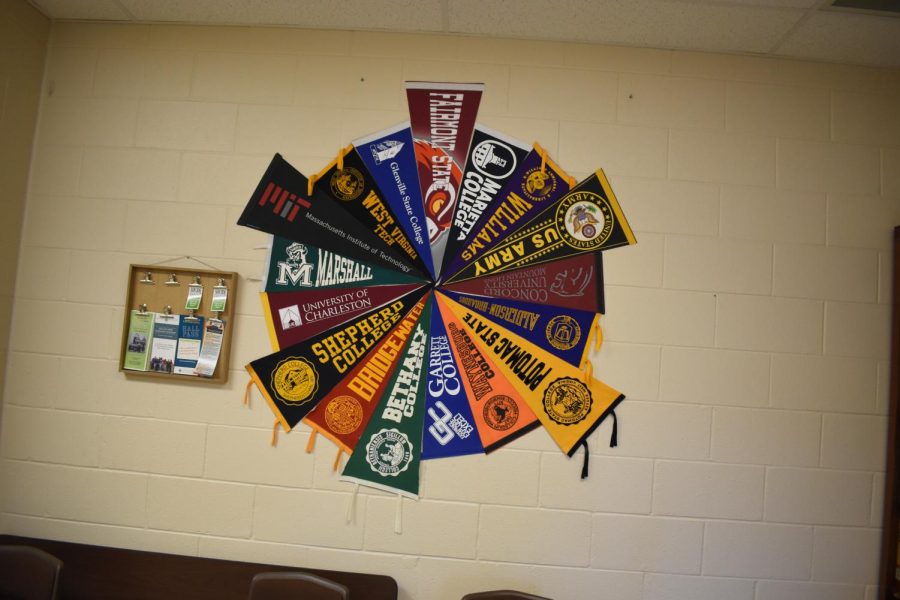EHS Student Reflects on College Choice
For many students, choosing which college to go to can be an act of self-determination, though the act is usually affected by factors beyond their own control. This article sets out to inform others of the difficult decisions students must make, and how one student views the overall choice presented in front of them.
As the school year shortens and the days fall even shorter, students all around are using their spare time to research the different opportunities they have for their careers and which college best suits their academic demands. Amid it all, the choices are endless, causing the stress of it all to pile on each student who may have a difficult time making tough decisions. This, however, is one of the most important choices a student can make for themselves and their own career path. When students finally have this opportunity, most decide to take a path they’ve dreamed of since they were small, or follow in someone else’s footsteps. However, there are many setbacks such as the obvious student debt, the overall stress, and the difference in the college’s academic structure for education that not every student thrives their best in.
“I plan to go to Marshall University,” says Atlas, a student at Elkins High School. “It’s closer to where I live, so it would just be a short, simple drive. I wouldn’t want it to be out of state, though. Mostly because of the cost of travel.”
The average cost for travel when it comes to college is typically from $1,000 to $2,000 depending on if the college is out-of-state or not. Commonly, students prefer an in-state college due to the closeness of home and the low cost of transportation and tuition. However, there are limited colleges to choose from, rather than one that’s out of your state. Colleges provide students an opportunity to become their own person and allow themselves to adapt to independence.
“I would really like to attend Marshall for at least four years,” says Atlas. “ I think it’d allow me enough time to truly perfect my career choices”.




